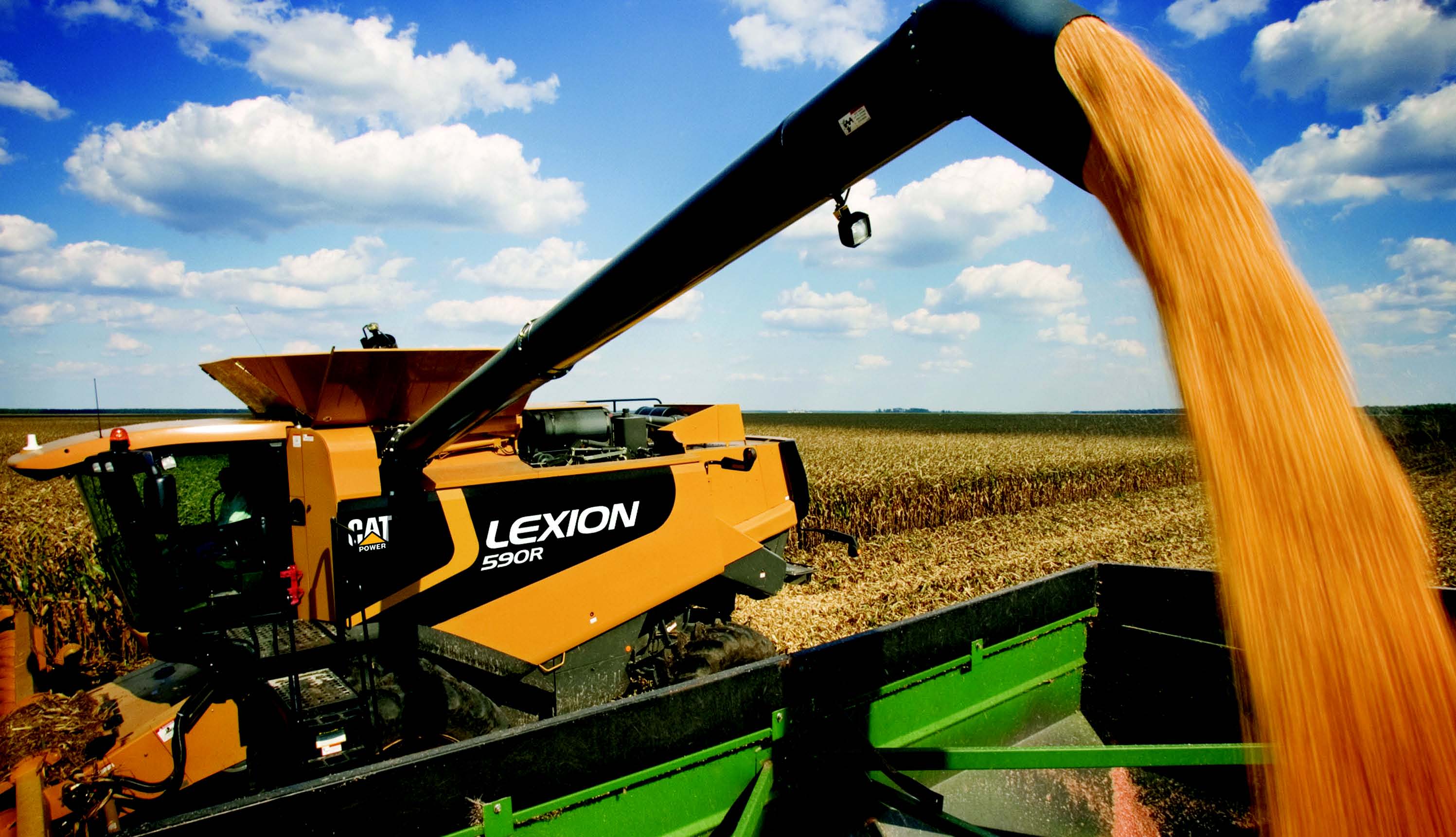No two farms should look or be treated alike in a future where 300 bushel corn is the average. Industry experts say seed hybrids will be different, field management will vary, inputs will be by prescription and equipment will be custom. The growing need for more corn, however, will remain a constant.
“World population is estimated to increase 40% by 2050,” says Todd DeGooyer, Monsanto international corn technology manager. “There is also more wealth in developing countries and the first thing they purchase more of is higher quality food, especially protein. That drives the need for more corn to feed to animals to produce more meat and poultry.”
To meet the goal of averaging 300-bushels of corn per acre, growers will need to increase current average yields by 7 bushels per acre per year for the next 20 years. Equipment dealers will need to play a pivotal role in achieving this goal.
U.S. ethanol production topped 9 billion gallons in 2009. At a rate of 2.8 gallons of ethanol produced per bushel of corn, that means more than 3.2 billion bushels of corn — 24% of total U.S. corn production — was diverted from food and feed to energy production. Some commodity analysts suggest that ethanol production will eventually require 30-33% of all U.S. corn produced.
To meet the growing demand for food, feed and fuel, growers will need to eke out every possible bushel from their acres. Not only will farmers need to sharpen their skills, but equipment dealers will also have to be at top of their games to guide their customers to the best equipment and technology.

“We have seen average corn yields double from 70 bushels per acre to 140- 150 bushels per acre from the 1970s through the late 1990s,” DeGooyer says. “Our challenge is to work with the public and private sector to double that yield again and meet the future needs of the U.S. and the world.”
2009 showed a push in the right direction. A record 13.2 billion bushels of corn was produced last year and yields reached an all-time high of 165.2 bushels per acre, according to USDA.
But with yields increasing at a rate of only about 2 bushels per year, something will have to change to meet Monsanto’s goal and schedule, says Gary Schnitkey, Univ. of Illinois professor of farm management. “We need the average yield increase to be 7 bushels per year to get to a 300-bushel average in 20 years,” he says.
Nyle Wollenhaupt, AGCO senior agronomist, is working with company engineers to bring more agronomic science to machinery development. He says there may not be a “next big thing” to dramatically increase yields.
“It’s not a development in one area that is going to get us to 300 bushels,” he says. “It’s a number of incremental gains across the board. We’re going to have to have better nutrient management strategies, better genetics, machines that can handle more biomass and more.”
One thing that will help push yields is solid corn prices, Schnitkey says.
“Higher prices typically incentivize higher yields,” Schnitkey says. “When prices jumped from $2.40 to $4 producers started doing things like updating machinery and applying fungicides.”
Booms also result in busts, which will likely hinder yield improvement in the long run. “High prices encourage technology adoption, supply increases and that causes the price to fall again,” he explains.
During a boom there’s room for improvement on most farms with today’s equipment and technology, says Fred Below, Univ. of Illinois plant physiologist.
“As a whole, farmers are underutilizing equipment technology,” Below says. “Autosteer has widely been adopted, but most producers aren’t taking the technology to the next level for precision nutrient placement. They’re not using the technology to maximize the yields of their high-producing hybrids.”
For full list of articles from the September 2010 Sourcebook, click here. Or the links below.
To The Point: We've Got Some Work To Do
Precision Ag: Better, More Affordable RTK
Planting & Seeding: Where Increased Yields Start
The Dealer's Role in Doubling Corn Yields
Needed: Taller, Narrower, Smarter Sprayers
Harvest Right or Today's High Yields Become Tomorrow's Struggling Yields
Tillage Tools: Working to Combine Functions
Potential Roadblocks to 300-Bushel Corn





